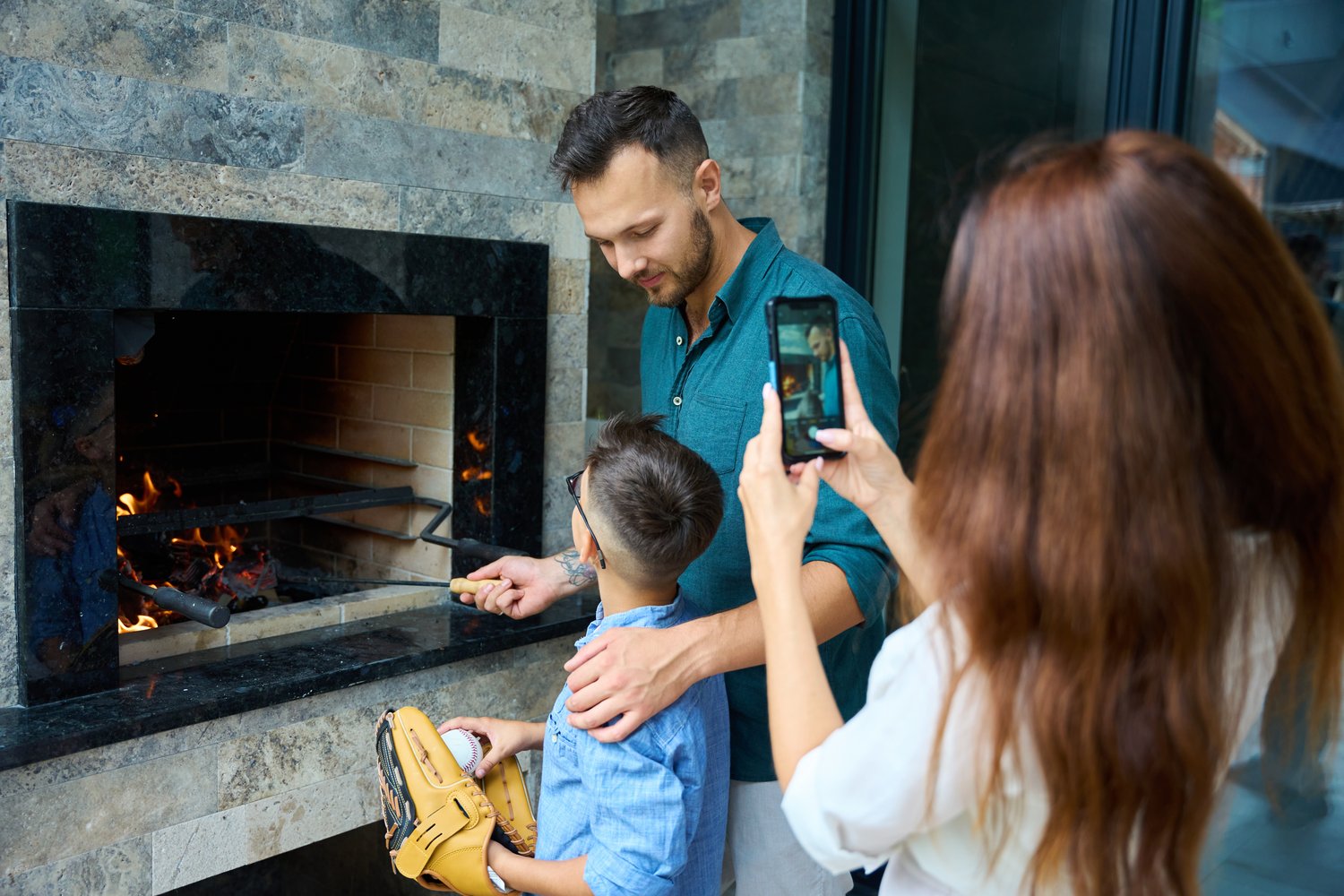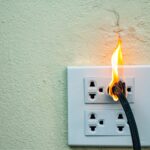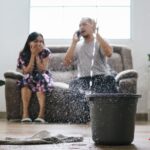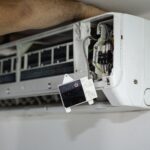Struggling with a gas fireplace that refuses to light can be frustrating, especially when you crave a cozy atmosphere. Understanding the intricacies behind the pilot light and thermocouple might just be the key to resolving this issue. These components play a crucial role in ensuring your fireplace functions efficiently, and learning how to troubleshoot them can save you time and stress.
- Examine why common problems like a faulty pilot light and a malfunctioning thermocouple prevent your gas fireplace from igniting.
- Discover practical tips for troubleshooting the pilot light, including techniques to check for obstructions and confirm gas flow.
- Gain insights into how the thermocouple ensures your fireplace stays lit and methods to diagnose and resolve related issues.
- Learn the importance of regular maintenance to prevent future malfunctions and extend the life of your gas fireplace.
By delving into these aspects, you’ll not only enhance your knowledge of your fireplace’s mechanics but also learn when it’s time to call in a professional to tackle more complex problems. This article promises to equip you with the understanding needed to keep your gas fireplace running smoothly.
Understanding Why Your Gas Fireplace Won’t Light
Gas fireplaces are known for their convenience and efficiency in providing warmth to homes. However, there are times when your gas fireplace won’t light, causing inconvenience and frustration. Understanding the common reasons behind such issues can help you get your fireplace back in working order quickly.
One of the main components responsible for ignition is the pilot light. This small flame should remain lit to ignite the main burner when needed. If the pilot light goes out, it will prevent the fireplace from functioning. Common causes can include strong drafts, a clogged pilot orifice, or simply a depleted thermocouple.
Another critical component is the thermocouple. This safety device ensures that gas flow is only allowed when the pilot light is burning properly. If the thermocouple is malfunctioning, it fails to sense the pilot light’s heat, resulting in the gas being cut off for safety reasons.
Additionally, inadequate maintenance, such as irregular cleaning, can contribute to issues with ignition. Internal components might become dirty or blocked, affecting operational efficiency. By focusing on these key components, you can better understand why your gas fireplace might not be lighting and take the necessary steps for troubleshooting and repair.
Troubleshooting the Pilot Light: Tips and Techniques
If your gas fireplace is not lighting, one of the first aspects to examine is the pilot light. Here are some practical tips and techniques to help you address common pilot light issues effectively:
Begin by checking if there are any visible blockages in the pilot light orifice. Dust, debris, and other particles can accumulate over time, hindering the function of the pilot light.
Ensure proper gas flow by inspecting your gas line connections. Any disruptions in supply can cause the pilot light to extinguish or not ignite at all. If you have recently adjusted or moved the gas line, verify that all connections are secure.
If your pilot light remains unlit, consider cleaning it with a small brush or air canister to remove any dirt or carbon buildup that may obstruct its operation. Doing so can often restore functionality without needing professional assistance.
After addressing these potential issues, allow time for the system to vent before attempting to reignite the pilot light. Make sure to follow all safety guidelines when doing so, including turning off the gas supply before you begin and reading your fireplace’s manual for specific instructions.
These troubleshooting tips can often resolve basic pilot light problems. However, if the issue persists, it may be time to consult a professional to ensure your gas fireplace is functioning safely and efficiently.
The Role of the Thermocouple in Your Gas Fireplace
The thermocouple is a crucial safety component of your gas fireplace. Its primary function is to detect if the pilot light is lit and subsequently allow the gas valve to remain open.
When the pilot light ignites, it generates a small amount of voltage in the thermocouple, signaling the gas valve to stay open. This ensures a steady flow of gas, keeping your fireplace burning safely and efficiently.
However, if the thermocouple is malfunctioning, it can prevent the gas valve from opening, thus causing your fireplace to fail to light. Common issues include wear and tear or misalignment due to vibrations or accidental knocks.
To troubleshoot thermocouple problems, start by checking the alignment and cleaning any soot or debris that may have accumulated. Ensure it is properly positioned over the pilot flame to function accurately.
If these basic adjustments don’t resolve the issue, consider replacing the thermocouple as it may be faulty. Remember, working with gas appliances requires caution, so if you are uncertain, consult a professional to handle thermocouple repairs or replacements.
Maintaining Your Gas Fireplace to Prevent Future Issues
Regular maintenance of your gas fireplace not only enhances its performance but also prolongs its lifespan. One key aspect of this is routine cleaning.
Begin by cleaning the glass panel to ensure a clear view of the flames. Use a non-abrasive cleaner specifically designed for gas fireplace glass. Avoid harsh chemicals that might damage the surface.
Inspect the burner ports regularly to ensure they are free from obstruction. Dust and debris can accumulate over time, hindering the proper flow of gas and resulting in inefficient burning.
Check and clean the vent system to prevent any blockages which can lead to carbon monoxide buildup. It’s recommended to have a professional perform an annual inspection to ensure all components are functioning correctly.
Lastly, review the pilot light and thermocouple for any visible signs of wear or damage. Consistent maintenance practices not only keep your gas fireplace operating at its best but also ensure a warm and inviting environment during cooler months.
When to Seek Professional Help for Gas Fireplace Issues
While understanding the basics of gas fireplace operations can empower many homeowners to handle minor tasks, there are certain situations where the expertise of a professional is indispensable. Recognizing when to seek professional intervention can ensure safety and prevent further damage to your system.
Repeated Pilot Light Failure: If your pilot light frequently goes out despite following troubleshooting steps, it may point to a deeper issue. A qualified technician can diagnose the problem accurately, ensuring the pilot light functions properly.
Faulty Thermocouple: A damaged or malfunctioning thermocouple can prevent your gas fireplace from staying lit. Professional assessment and replacement are crucial to resolve these complex issues safely, allowing your fireplace to operate efficiently.
Unusual Smell or Soot Buildup: The presence of a persistent, unusual odor, or visible soot accumulation can indicate incomplete combustion or ventilation issues. Professionals can conduct a thorough inspection to remedy these hazards, ensuring the health of your home environment.
Gas Leaks: The unmistakable smell of gas indicates a leakage, posing a serious safety risk. Immediate professional assistance is necessary to locate and repair such leaks to maintain your safety and comply with all safety regulations.
Should you encounter any of these complex problems, don’t hesitate to contact a certified gas fireplace technician. A professional’s knowledge and tools are crucial for resolving these issues, ensuring your gas fireplace operates safely and efficiently, providing warmth and comfort when you need it most.
Gas Fireplace Troubleshooting FAQ
Why won’t my gas fireplace light?
Check the pilot light and ensure gas supply is on. Verify that the thermocouple is working correctly.
What is the purpose of the pilot light?
The pilot light ignites the main burners in your gas fireplace, ensuring safe operation.
How can I tell if my thermocouple is faulty?
A faulty thermocouple may cause the pilot light to go out frequently or prevent it from staying lit.
What maintenance does a gas fireplace require?
Regular cleaning and annual inspections ensure your fireplace operates efficiently and safely.
When should I call a professional for my gas fireplace?
Complex issues such as gas leaks, frequent pilot outages, or thermocouple replacements require expert assistance.





